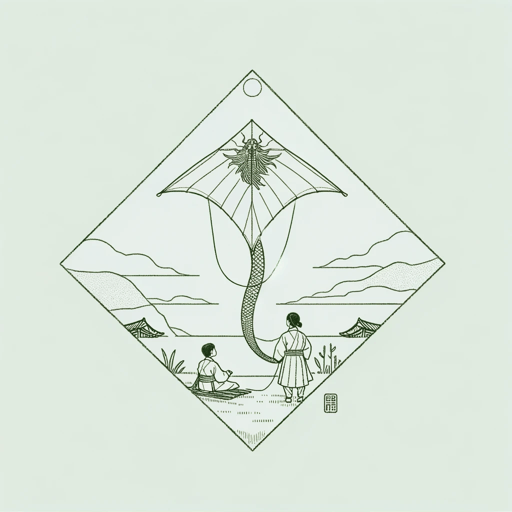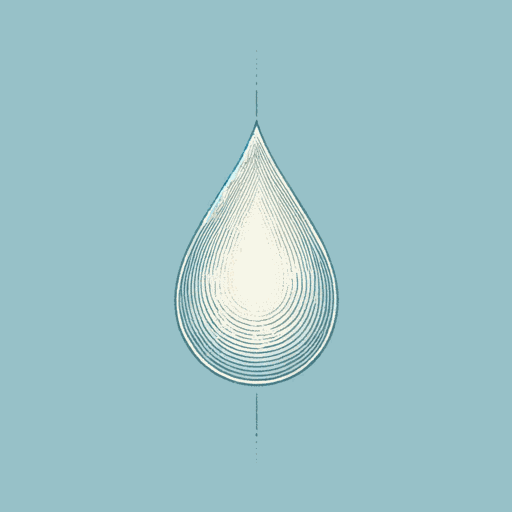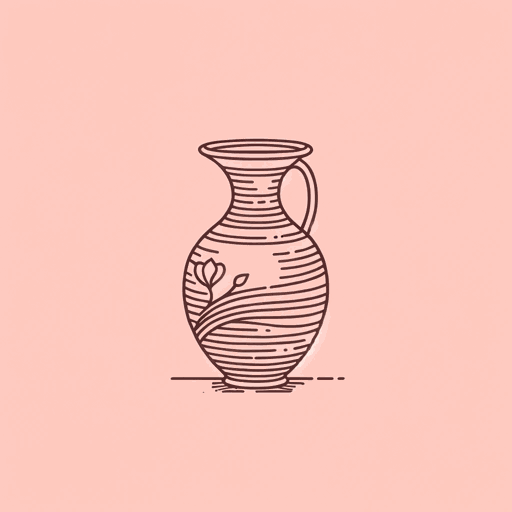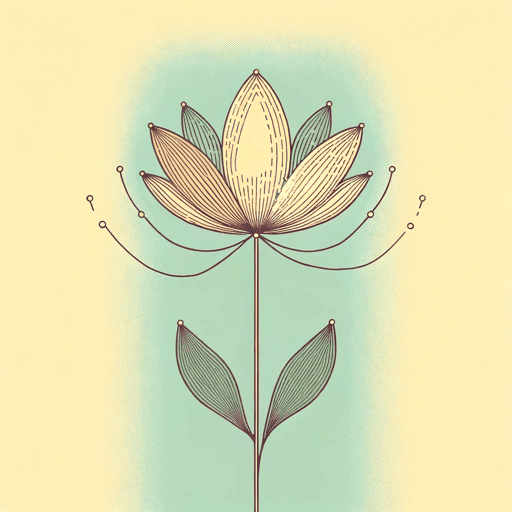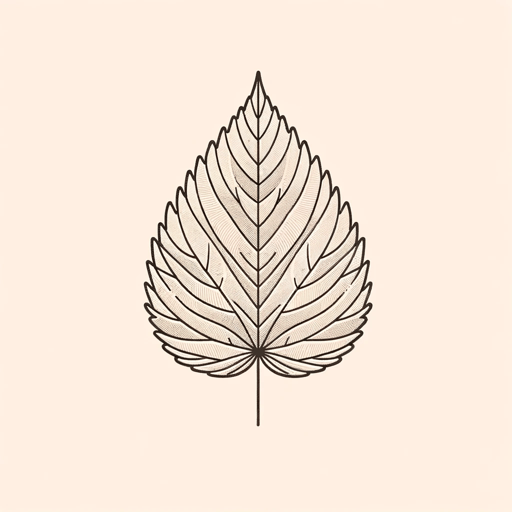35 pages • 1 hour read
Linda Sue ParkThe Kite Fighters
Fiction | Novel | Middle Grade | Published in 2000A modern alternative to SparkNotes and CliffsNotes, SuperSummary offers high-quality Study Guides with detailed chapter summaries and analysis of major themes, characters, and more.
Symbols & Motifs
Kites
Given that the novel is centered on Young-sup’s aspirations to participate in the kite fights, kites are the most significant symbol in the story. Fundamentally, kites are a symbol of Honor and Tradition, with kite fights a significant cultural element of 15th-century Korea. As a centuries-long ritual, the kite fights show the importance of maintaining cultural identity while also emphasizing the rigid codes of behavior neo-Confucian society enforced. Making and flying kites provides the Lee brothers with a chance to test the boundaries of these codes and imagine a future that is less strict.
For Young-sup, “kite magic” is a source of wonder, escape, and freedom: “The kite was like a part of him—the part that could fly” (13). Confined by the societal expectations of being “second son,” flying kites is when Young-sup feels most capable. For the first time, Young-sup has something he excels at, and has an opportunity to gain his own recognition and represent the Lee family, which is unheard of for a second son.
Young-sup is so passionate about kites that his emotions are directly affected by flying, and the movements of the kite in the sky even mirror Young-sup’s own internal emotional landscape: “[The kite] took a great swooping dive and seemed as surprised as he was” (78), when Young-sup finds out about Kee-sup’s request.
Related Titles
By Linda Sue Park
Featured Collections
5th-6th Grade Historical Fiction
View Collection
7th-8th Grade Historical Fiction
View Collection
Appearance Versus Reality
View Collection
Asian American & Pacific Islander...
View Collection
Brothers & Sisters
View Collection
Childhood & Youth
View Collection
Community
View Collection
Daughters & Sons
View Collection
Diverse Voices (Middle Grade)
View Collection
Fate
View Collection
Fathers
View Collection
Hate & Anger
View Collection
Juvenile Literature
View Collection
Korean Literature
View Collection
Loyalty & Betrayal
View Collection
Nation & Nationalism
View Collection
Order & Chaos
View Collection
Pride & Shame
View Collection
School Book List Titles
View Collection
